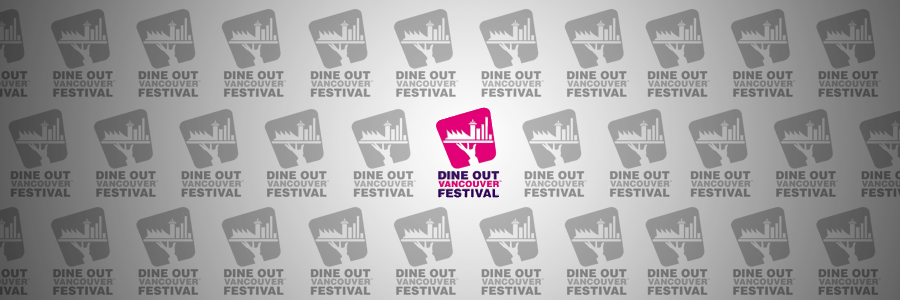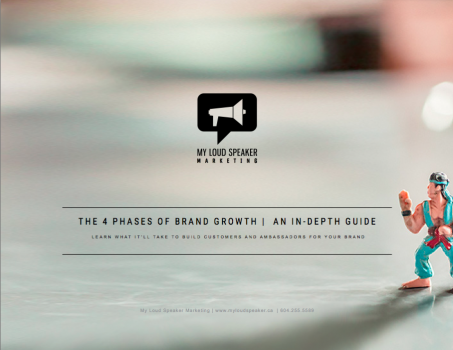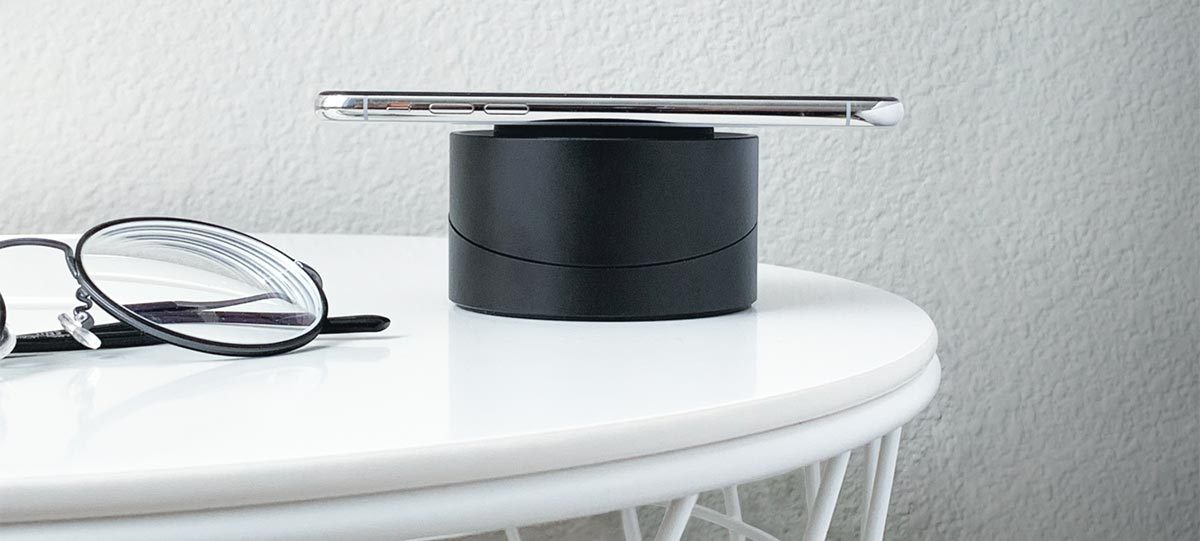
4 Things Restaurant Owners Should Learn from the Dine Out Vancouver Festival
Hundreds of restaurants have signed up for this year’s Dine Out Vancouver Festival. If you’re one of these restaurateurs partnering with Dine Out Vancouver, you probably know that your margins will be relatively low during the two week festival, however, you will be receiving higher traffic volumes as well as the ability to leverage a marketing campaign without spending too much of your time and money. All in all, it’s a marketing maneuver, and I’ve read and heard about several instances where it’s been both a hit and miss decision. Most importantly though, Dine Out is a big deal in Vancouver. Even if you’re a restaurateur that’s not participating this year, you can still learn several things from one of the few popular local events that focuses solely on culinary experiences. Here are 4 things a restaurateur should learn from the Dine Out Vancouver Festival.
1) A LOT OF TRAFFIC ISN’T ALWAYS A GOOD THING
As a consumer, you know that nothing ruins a great night out with friends or family like bad food or service.
If you’ve ever participated in Dine Out Vancouver, you know that many restaurants (especially the popular ones) become an absolute zoo during these two weeks. Servers are scrambling trying to keep their tables happy, hosts are nervously trying to manage long lineups, and the kitchen is sweating just trying to keep up with the orders. As a consumer, you know that nothing ruins a great night out with friends or family like bad food or service. And the chance of this happening increases as a restaurant gets busier. As a restaurateur, a busy night can actually turn out to be a bad night when it ends up causing too much negative word-of-mouth. In the long term, a night with 100 happy customers and 20 unhappy ones trumps 300 happy customers and 200 unhappy ones – especially since negative word-of-mouth travels way faster than positive word-of-mouth. You have to project whether or not having extraordinarily busy nights, like ones you would receive on Dine Out nights, is actually manageable by your staff.
2) YOUR RESTAURANT IS MORE THAN JUST THE FOOD IT SERVES
As a restaurateur, you should create and collaborate in order to further define and expand your brand’s identity.
Dine Out Vancouver is evolving, and is no longer fixated on only offering simple restaurant deals. There are interesting events like 2012’s “Hawksworth at Holt Renfrew”, which included a cocktail reception, dinner and dessert at the retail boutique Holt Renfrew. Those who attended got a preview of new fashions and a $50 gift certificate from Holt Renfrew as well. Creative partnerships like this illustrate how a restaurant like Hawksworth can help define themselves as a high-end restaurant by pairing with luxury retailers. An event like this focuses less on just the food, but the brand experience that Hawksworth offers. Another good example is The Eatery, whether it be their annual New Year’s eve celebration, or their neat sushi-making game, the restaurant’s unique style has become as pivotal as the food itself. As a restaurateur, you should always be creating and collaborating in order to further define and expand your brand’s identity.
3) BE MEMORABLE AS OFTEN AS POSSIBLE
Good food and service are already staples for good word-of-mouth, but memorable differentiators can help create conversations that lead to the food and service.
Dine Out is a social-heavy experience. People there are excited to tell their Dine Out stories to their friends and family through photos, face to face interactions, or blog posts and articles. All in all, it’s a lot of pressure for restaurants well to perform in a short period of time. You have to maintain good food and good service all the while shifting your menu and mentality to suit a high-volume, low-margin, two-week event. In the midst of all this, you have to display your differentiator. What makes your restaurant stand out? What makes your customer want to come back after the festival is over? After all, this is what Dine Out is all about; an opportunity to display your restaurant to a high amount of people in hopes they’ll come back in the future. For those that aren’t participating in Dine Out, it applies just the same, but on a longer-term scale. Plan ways for your ways to be memorable as often as possible. It doesn’t even necessarily have to do with food or service either. Good food and service are already staples for good word-of-mouth, but memorable differentiators can help create conversations that lead to the food and service.
4) KNOW YOUR AUDIENCE
How well you define and market your restaurant’s brand will determine the type of customers you get…
Every restauranteur should know a) the customers they want to target, b) who their current customers are c) what their current supporters are saying about them, and d) what their detractors are saying about them. (For more information on defining your target demo, see Tammy’s posts on “How To Write a Marketing Plan” and “Branding Therapy: Avoiding a Brand Identity Crisis“) How well you define and market your restaurant’s brand will determine the type of customers you get, and even though your restaurant might have a specific target, a majority of your branding and marketing might be attracting a completely different customer base without you knowing it. For example, it is relatively safe to say that the Dine Out crowd is a little more price-driven. They’re usually participating in order to try new restaurants that they usually can’t afford or have found are too risky to try out. For some restaurants, this is the type of customer you want, for others, it’s the exact opposite.
As an example, i’ll refer to last year’s “Hawksworth at Holt Renfrew” event again, in which their tickets started at $199. Also notice that this year the high-end Hawksworth did not participate in the regular Dine Out festival, but was still able to partner with Dine Out through their now-sold-out “Side Dishes” event. Their price points are continually higher than the most expensive Dine Out fixed price menus – which is probably not preferable to the majority of the Dine Out crowd. Yet, they were able to leverage the Dine Out brand’s reach and recognition to market their restaurant.
It’s so important to know (and avoid assuming) who your audience is and who you want them to be in order to help inform your marketing decisions. If you’re a high-end restaurant, have you asked yourself if the Dine Out crowd is really your target market? Will they come out after the festival is over? What are your detractors saying about you? Is it bad food, bad service, or just not what they expected? Perhaps you’re pushing your restaurant’s brand in one direction, but your customers are supporting you for a different reason? The questions are endless, but if you truly know your audience, you should already know all the answers.
If you liked this article, please check out some related links of ours:
– For restaurateurs participating in Dine Out, Tammy recently wrote a great post on “How Brands Can Learn From My 3 Worst Customer Service Experiences” – especially useful during this social-heavy festival
– See “3 Reasons Why Groupon is a Poor Marketing Strategy” where I highlight the issues with price-driven marketing strategies.
This 20+ page booklet will help pinpoint which phase of brand growth your organization is in, and which phase you’ll need to go to next, until you ultimately build your brand its own tribe of ambassadors.
There are a few reasons why you might want to download this:
- You want to know what it will take to build your brand its own tribe of ambassadors
- You want to learn about the 4 phases Brand Growth
- You want to pinpoint which phase your organization is at
If any of the reasons above resonate with you, download the booklet free by entering your information below.
Our hope is that, by the time you’ve completed this guide, you’ve learned about each of these topics, and will be ready to take your brand to the next phase.




